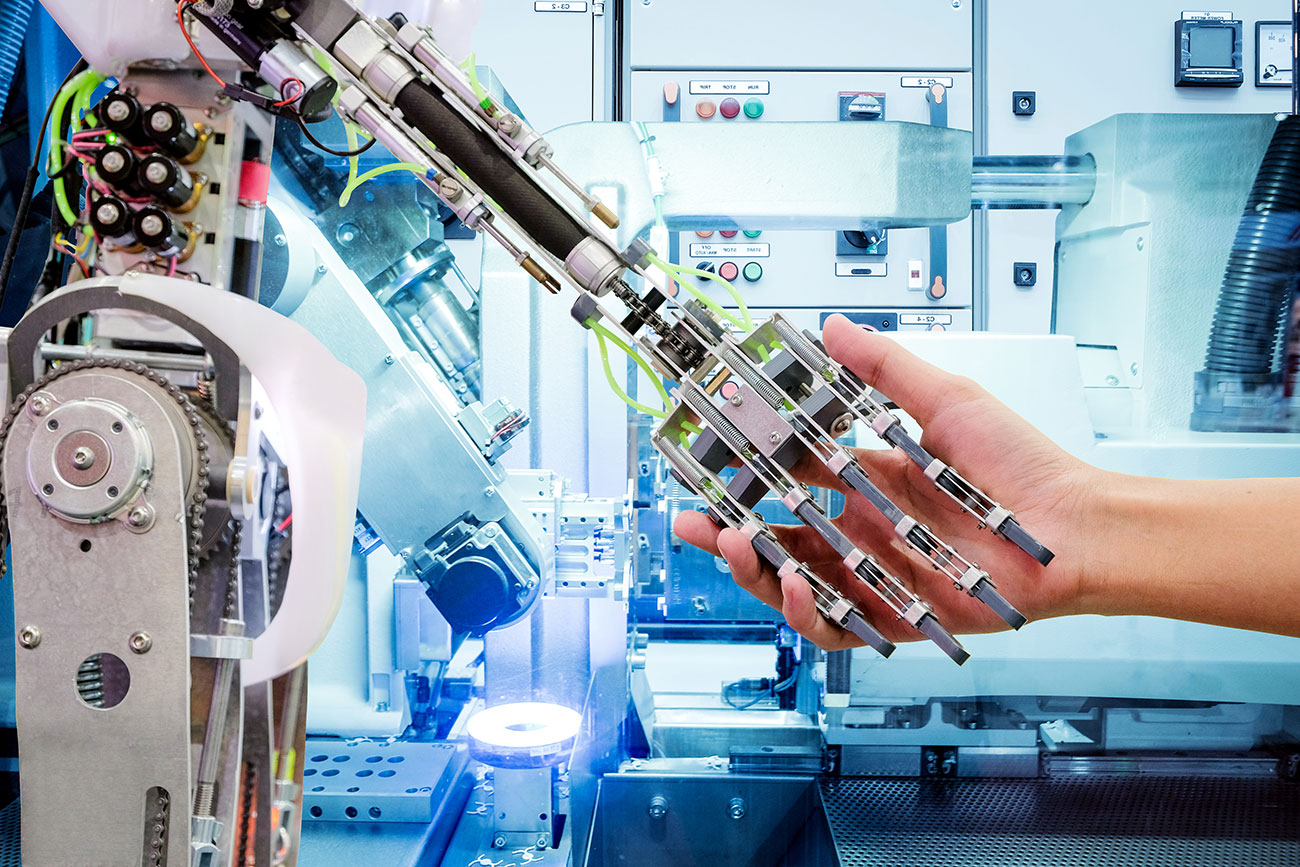The world of engineering has been subject to a great number of changes during the last couple of years. Technology has played a significant role in reinventing and revolutionizing the way engineers around the globe work. One of the biggest changes comes with reverse engineering (RE), as this process is allowing engineers to analyze, discover, and understand important aspects of different systems, structures, and products. However, the uses, advantages, and ethical issues behind RE have raised plenty of debate.
In order to understand the impact of reverse engineering, we need to talk about what exactly RE means. Talking about the most common uses of reverse engineering as well as the ethical issues it creates is important too. This way, we will be able to gain a deeper insight as to what could be achieved through reverse engineering.
What Exactly Is Reverse Engineering?
Also known as back engineering, reverse engineering is the process of discovering the technical aspects of a given system, product, or structure by analyzing the way it works. This process could also imply dismantling, rebuilding, or recreating a system in order to fully understand its inner workings. According to NPD Solutions, there are three main objectives behind the RE process:
- Identify the system’s components and their interrelationships
- Create representations of the system in another form or a higher level of abstraction
- Create the physical representation of that system
This is quite a common practice in many different fields of study. These include software engineering, entertainment, the automotive industry, chemical and mechanical design, electronics, and the list goes on. Nevertheless, the most common uses of RE tend to be similar across every field.
What Are the Most Common Uses of Reverse Engineering?
Even when many different fields implement back engineering as a business practice, its uses tend to be quite similar. For example, RE tends to be used as a learning tool with both educational and training purposes. Back engineering also works as a way to manufacture more affordable versions of products that are already in the market.
RE can also be used when analyzing, evaluating, assessing, and improving the performance of different systems, software or databases. However, several companies have used back engineering to create illegal copies of products or systems. As a result, copyright infringement and theft of intellectual property have become major issues and points of ongoing debate.
What Are the Ethical Issues Regarding RE?
There are several arguments against reverse engineering and its uses from a commercial point of view. This tends to be a common issue when manufacturers analyze the products of their competitors. One of the main uses of RE is achieving interoperability among components of different manufacturers.
Many companies consider RE an unethical practice as it enables others to violate their copyrights and steal their intellectual property. However, many others state that back engineering isn’t illegal thus it isn’t unethical, either. The benefits of reverse engineering are plenty, as long as it is used appropriately.








